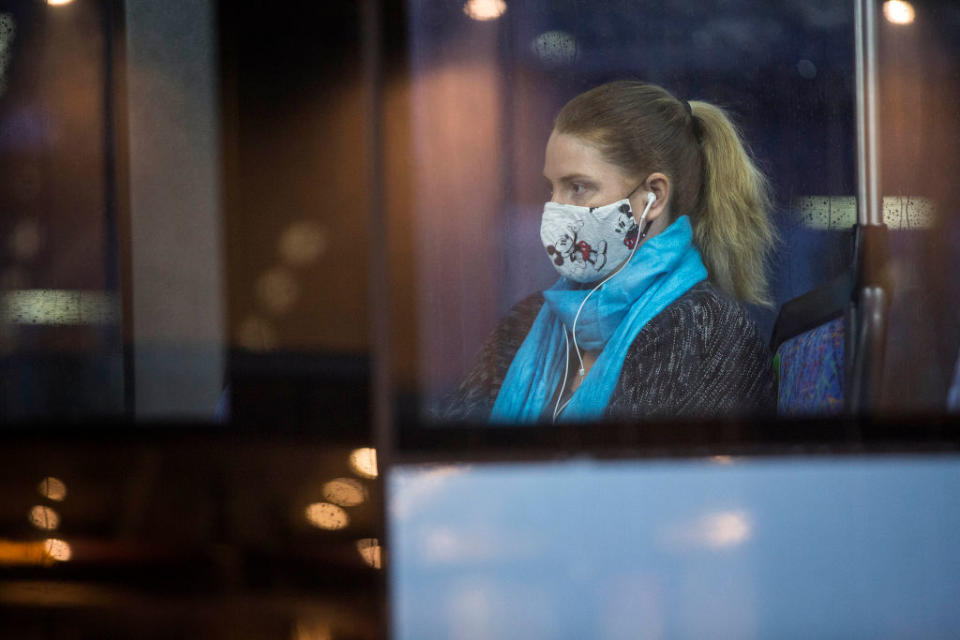'100 per cent sure': Disturbing coronavirus theory backed by scientists emerges
An Australian scientist is fronting a group of more than 200 experts around the world as they challenge the World Health Organisation (WHO) on their view on how the coronavirus is spread.
Six months into a pandemic that has killed more than half a million people, the WHO and the US Centers for Disease Control and Prevention maintain that you have to worry about only two types of transmission.
They identify inhaling respiratory droplets from an infected person in your immediate vicinity or – less common – touching a contaminated surface and then your eyes, nose or mouth as the two main sources of infection.

But other experts contend the guidance ignores growing evidence a third pathway also plays a significant role in contagion.
They say multiple studies demonstrate particles known as aerosols – microscopic versions of standard respiratory droplets – can hang in the air for long periods and float for several metres, making poorly ventilated rooms, buses and other confined spaces dangerous even when people stay 1.8 metres from one another.
"We are 100 per cent sure about this," Lidia Morawska, a professor of atmospheric sciences and environmental engineering at Queensland University of Technology in Brisbane, said.
She makes the case in an open letter to the WHO accusing the United Nations agency of failing to issue appropriate warnings about the risk.
A total of 239 researchers from 32 countries signed the letter, which is set to be published next week in a scientific journal.
In interviews, experts said aerosol transmission appeared to be the only way to explain several "super-spreading" events, including the infection of diners at a restaurant in China who sat at separate tables and of choir members in the US state of Washington who took precautions during a rehearsal.
WHO expert casts doubt over claims
WHO officials have acknowledged the virus can be transmitted through aerosols, but say that occurs only during medical procedures such as intubation that can spew large quantities of the microscopic particles.
Dr Benedetta Allegranzi, a top WHO expert on infection prevention and control, said in responses to questions from the Los Angeles Times that Prof Morawska and her group presented theories based on laboratory experiments rather than evidence from the field.
"We value and respect their opinions and contributions to this debate," Dr Allegranzi wrote in an email.
But in weekly teleconferences, a large majority of a group of more than 30 international experts advising the WHO has "not judged the existing evidence sufficiently convincing to consider airborne transmission as having an important role in COVID-19 spread".

She added such transmission "would have resulted in many more cases and even more rapid spread of the virus".
The proponents of aerosol transmission said masks worn correctly would help prevent the escape of exhaled aerosols as well as inhalation of the microscopic particles.
But they said the spread could also be reduced by improving ventilation and zapping indoor air with ultraviolet light in ceiling units.
Jose Jimenez, a University of Colorado chemist who signed the letter, said the idea of aerosol transmission should not frighten people.
"It's not like the virus has changed," he said.
"We think the virus has been transmitted this way all along, and knowing about it helps protect us."
Do you have a story tip? Email: newsroomau@yahoonews.com.
You can also follow us on Facebook, Instagram and Twitter and download the Yahoo News app from the App Store or Google Play.




